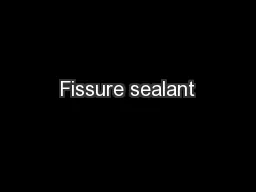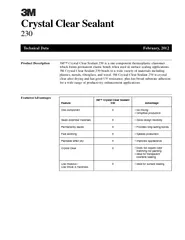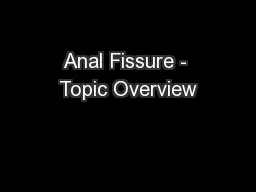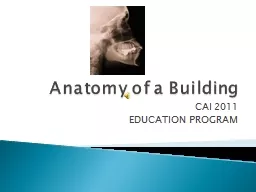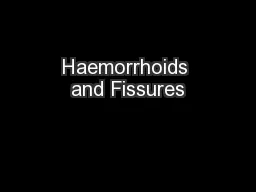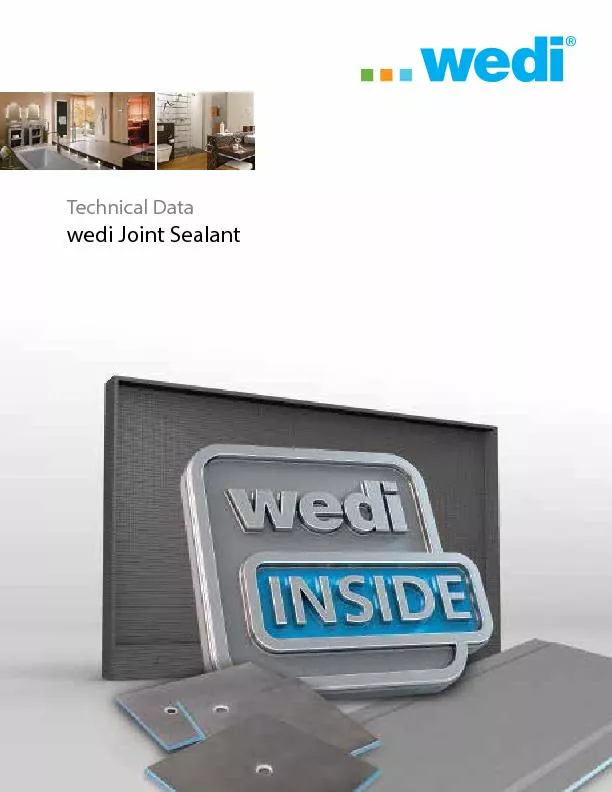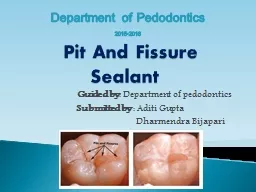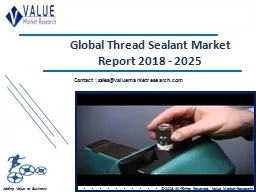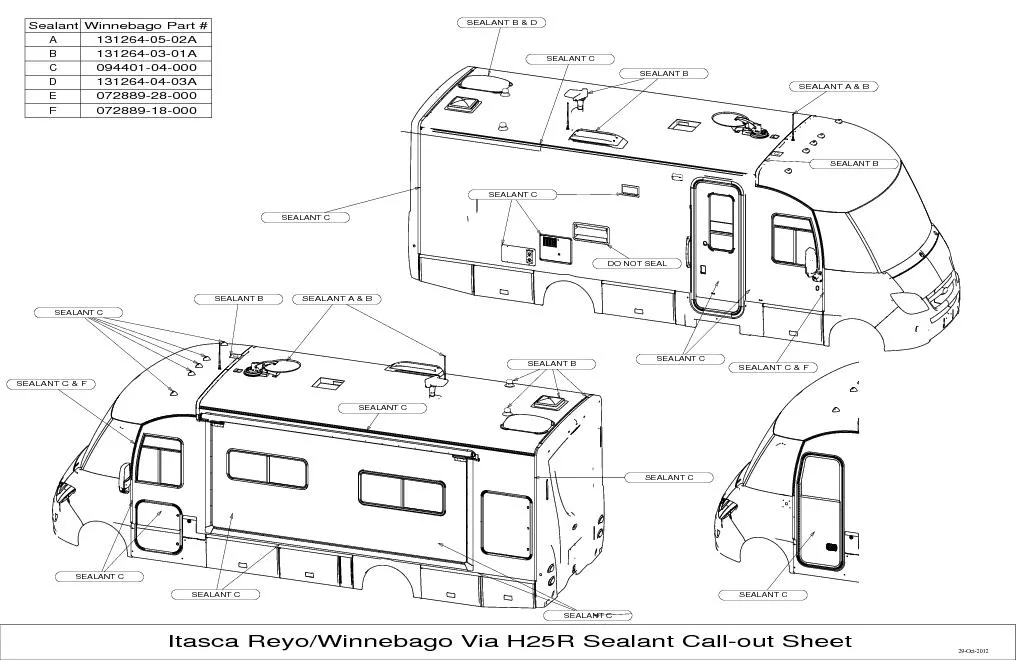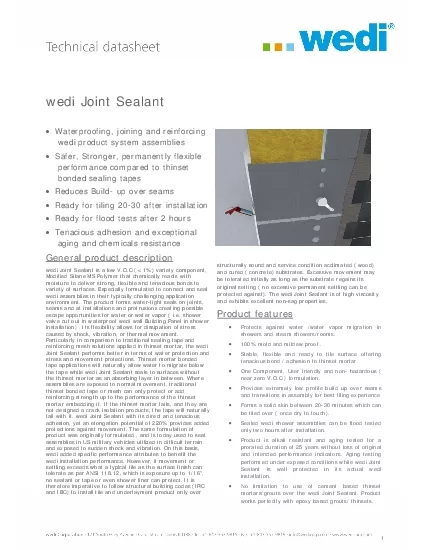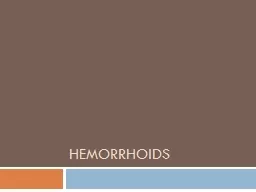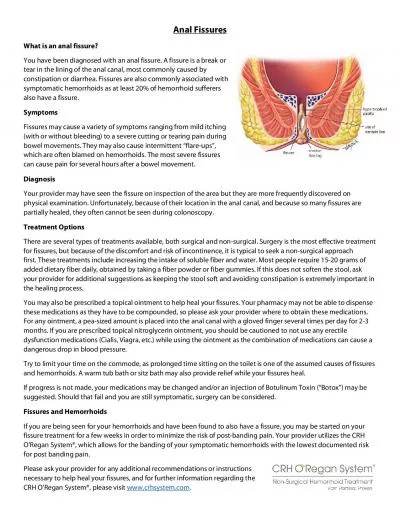PPT-Fissure sealant
Author : test | Published Date : 2017-10-08
Rawan ElKarmi BDs MSc FFD RCSI What is a fissure sealant Material placed in pits and fissures of teeth in order to prevent or arrest the development of caries
Presentation Embed Code
Download Presentation
Download Presentation The PPT/PDF document "Fissure sealant" is the property of its rightful owner. Permission is granted to download and print the materials on this website for personal, non-commercial use only, and to display it on your personal computer provided you do not modify the materials and that you retain all copyright notices contained in the materials. By downloading content from our website, you accept the terms of this agreement.
Fissure sealant: Transcript
Download Rules Of Document
"Fissure sealant"The content belongs to its owner. You may download and print it for personal use, without modification, and keep all copyright notices. By downloading, you agree to these terms.
Related Documents

